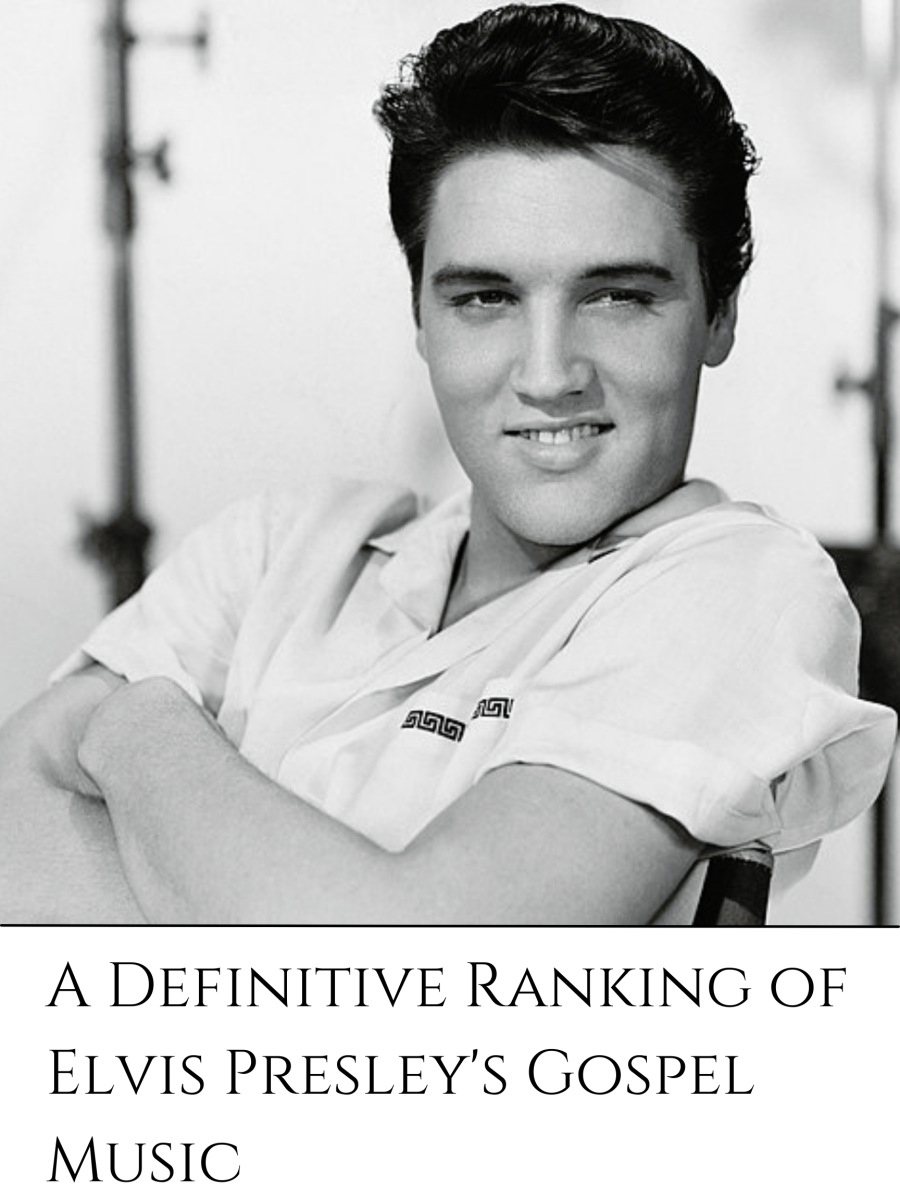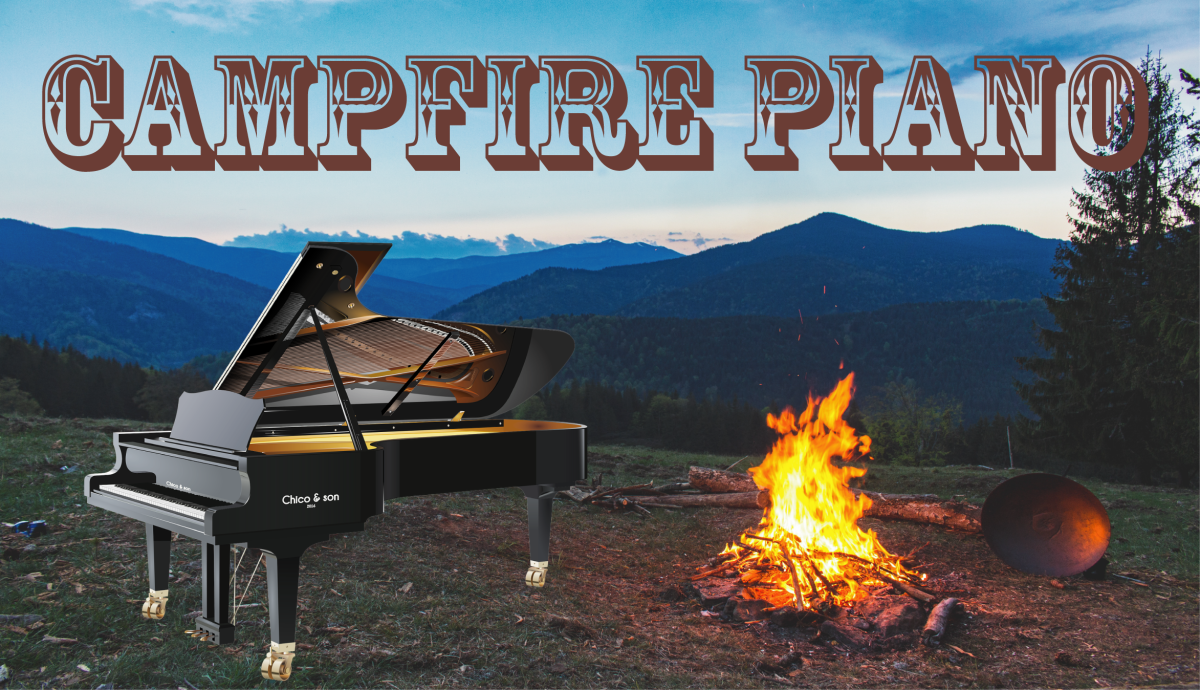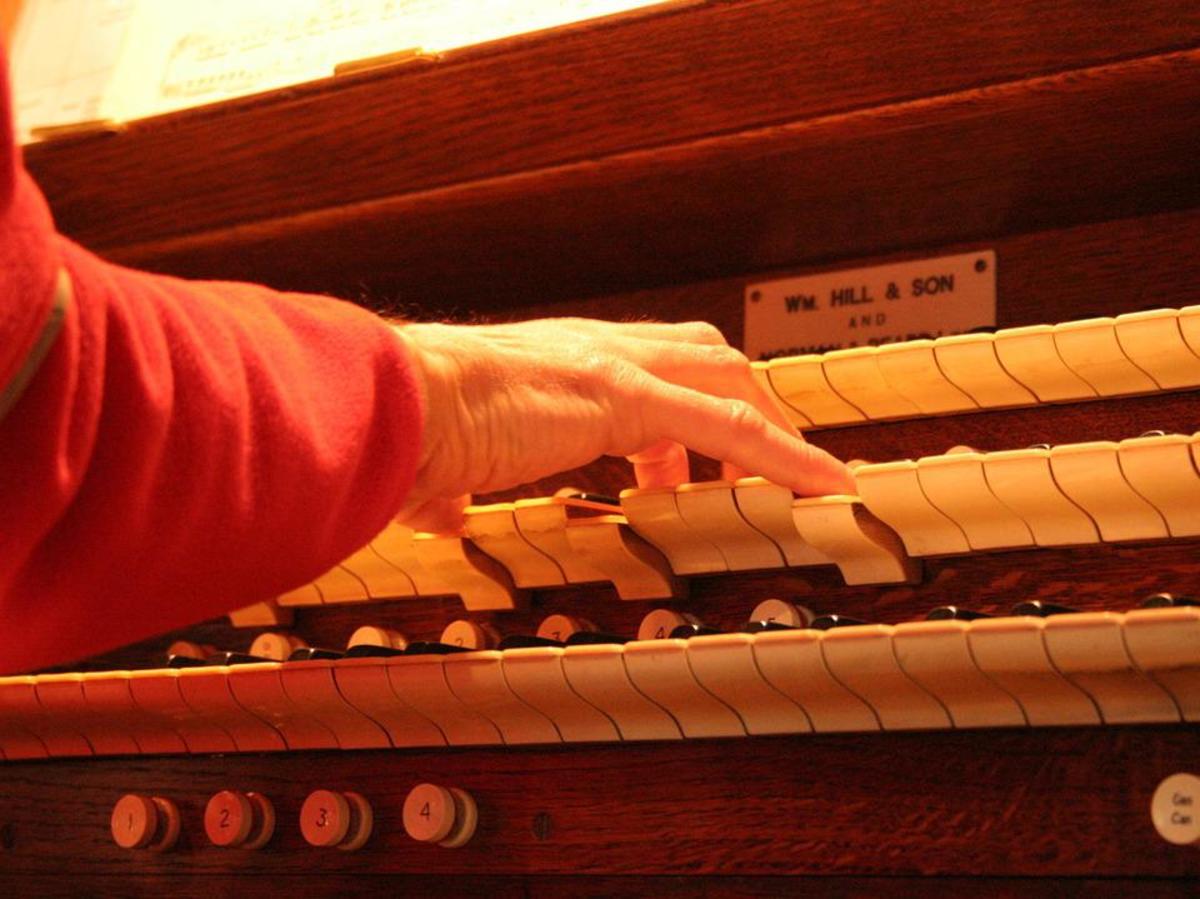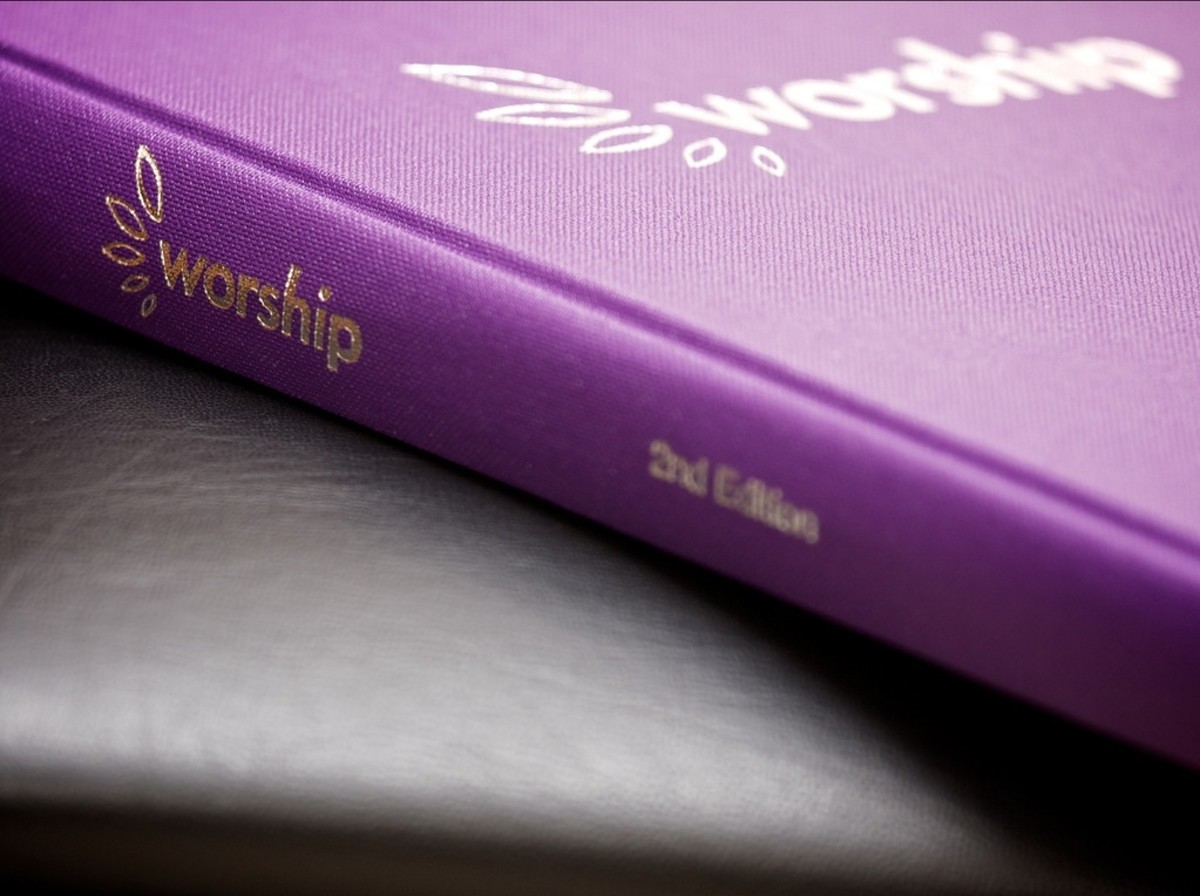One Method of Finding the Right Key
A few weeks ago, I sat in a church service and counted notes in a song, rather than listening to the sermon. I apologize, Pastor, and I know I should be ashamed to admit it! But as choir director and song leader, I felt I was making a kind of investment in awareness that will pay off with more effective worship in the future. I hope that will be the case. PS, this is not something I have ever done during worship before or since that time.
The trigger for this rather prune-faced activity was a song from our hymnal that the congregation had sung just a few moments earlier. Even though it was a well-known and well-loved hymn, it didn’t sound very good because of its vocal range. And so my activity (explained in more detail below) was designed to figure out more scientifically why the particular range didn’t suit the song very well.
A description of finding “the key” to great congregational singing is in another HubPage I have published. Sometimes the best key can be found quickly and easily, aiming to keep the vocal range between C and C’. But – you’re ahead of me, I know – a whole lot of songs have a range that is wider than an octave, and a whole lot of songs have a much smaller range. What about those? That’s where my counting activity comes in handy. And there are ways to simplify it, so it doesn’t have to be as detailed and time-consuming as the following examples.
The full-fledged version of note-counting simply involves making a list or chart of the exact notes (pitches) in a given song and then counting how many there are of each note. Yeccchhh!!!! But, just to demonstrate why it helps to do this occasionally (okay, rarely) I’ll give a few examples. These are taken either from a hymnal or from CCLI lead sheets that either pre-date the use of the transposer or simply weren’t transposed (therefore, I assume they are the original keys of the song).
Holy Is the Lord (Tomlin & Giglio); Big House (Stuart, Blair, Herdman, and McGinnis); Awesome God (Mullins); He Lives (Ackley, 1933); Sweet, Sweet Spirit (Akers, 1962); Freely, Freely (Owens, 1972); and We Meet You, O Christ (Kaan, 1966, and Schalk, 1987).

Holy Is the Lord – notes counted in the key of A (range E to E’) – verse, chorus, bridge, bridge
E ///// ///// / 11
F#
G#
A ///// ///// ///// ///// ///// ///// ///// ///// ///// // 47
B ///// ///// ///// ///// ///// / 26
C#’ ///// ///// ///// ///// ///// ///// // 32
D’ ///// ///// 10
E’ ///// / 5
Big House – notes counted in the key of G (range D to D’) – verse, chorus
D //// 4
E ///// // 7
F#
G ///// ///// ///// ///// ///// ///// ///// ///// // 42
A ///// ///// //// 14
B ///// ///// ///// ///// ///// ///// // 32
C’ // 2
D’ ///// ///// ///// ///// 20
Awesome God – notes counted in the key of Cm (range Bb- to G) – verse, chorus, tag
Bb ///// ///// ///// 15
C ///// ///// ///// ///// ///// ///// ///// ///// ///// //// 49
D ///// ///// ///// ///// // 22
Eb ///// ///// ///// ///// ///// ///// ///// ///// 40
F ///// ///// / 11
G ///// 5
He Lives – notes counted in the key of Bb (range C to F’) – verse, chorus
C / 1
D ///// / 6
Eb // 2
E / 1
F ///// ///// ///// ///// 20
G ///// ///// ///// /// 18
A /// 3
Bb ///// ///// ///// ///// 20
C’ ///// ///// / 11
C# / 1
D’ ///// ///// ///// 15
Eb’ / 1
F’ / 1
Sweet, Sweet Spirit – notes counted in the key of G (range B- to E’) – verse, chorus
B- // 2
C // 2
D ///// / 6
E ///// / 6
F# // 2
G ///// ///// ///// ///// // 22
A ///// ///// ///// /// 18
B ///// ///// ///// ///// 20
C’ //// 4
D’ ///// ///// / 11
E’ /// 3
Freely, Freely – notes counted in the key of Eb (range D to C) – verse, chorus
D //// 4
Eb ///// ///// ///// //// 19
F ///// ///// ///// //// 19
G ///// ///// //// 14
Ab ///// ///// 10
Bb //// 4
C // 2
We Meet You, O Christ – notes counted in the key of C (range C to C') –one verse
C //// 4
D ///// //// 9
E ///// // 7
F ///// 5
F# / 1
G ///// // 7
A /// 3
B /// 3
C’ /// 3
So now, what to do with all this information? Okay, now we can move to the step of finding the right key. In addition to range, there are several other factors to keep in mind in choosing a key. See the HubPage “The ‘Key’ to great Congregational Singing” for specifics.
Taking the above examples:
Holy Is the Lord – As written (key of A, range E-E’), this is way too high for most congregations. Lowering it a third moves the range to C-C’ and the key to F (not a favorite for some guitarists). In F, the large majority of the notes fall in the range from F-C’ – technically a good range. But, if there are too many high C’s, it can feel higher than it actually is. I would play/sing this in E or perhaps play/sing it in F, with the guitarists playing in E and capoing up 1 (=key of F). If left in the key of E, you end up singing a lot of B-‘s, and that may or may not be something to consider.
Big House – key of G (range D to D’) – Again, pretty high – look at all those high D’s! It’s no trouble at all to play and sing this in the key of E. That moves the range to B- to B, much better. But some of my guitarists don’t really like to play in E when there are numerous C#m chords, so they will often play in D and capo up 2.
Awesome God – key of Cm (range Bb- to G) – This one, amazingly enough, looks a little bit too low. It doesn’t really have to be transposed up, but it could play better and possibly sound better in Em instead of Cm. That would put the voice range at D-B. But don’t forget to check the chorus (for the sake of the guitarists); it’s a third lower than the verse (backward from related major and minor keys). Still, transposed up a third, the Ab of the chorus becomes C, Eb becomes G – hey, it’s looking a lot better already!
He Lives – key of Bb (range C to F’) – This one’s not hard at all to evaluate. If hymns need to be transposed for the sake of the singers (as opposed to the sake of my organist friend), they usually need to be lowered, as this one could be. There are numerous reasons for that, not the least of which is the fact that the majority of hymns were written with four-part harmony in mind, and so the melody doesn’t have to fit everyone’s range – just the sopranos’. But, people aren’t singing in parts the way they used to, and the influence of popular music has lowered the range that most people are comfortable singing. Often, if you compare a hymn in two different hymnals, the more recent one will have a high range lowered to a more friendly range.
In this case, it’s not the high E’ and high F’ that are the killers – it’s all those D’’s plus the E and F, plus the fact that the F’ is usually held out for a long time – and that can be pretty exciting to sing and to hear, when it is done well (e.g., larger crowd, younger voices). But then, when it’s not done well…. Hmmm – well, you’ve heard that, and so have I. So, if we lower this for ordinary mortals, it could be played/sung in the key of G (range A- to D’) or the key of A (range B- to E’)
Sweet, Sweet Spirit – key of G (range B- to E’) – When I first heard this, the group that sang it lowered the high notes in the last half of the refrain. It sounded good, and I think it should always be sung that way (if it’s kept in G). But if it’s sung as written, those high E’s and high D’s are really not much fun. If it’s lowered one step to F, the range is A- to D’, and most of the high notes become high C’s. Much better. But the guitarists won’t like it very much, so you might as well go ahead and play/sing it in E. Then the range is G#- to C#’. The low notes are a bit low for high voices- but then, we ask the low voices to sing really high a lot of the time too! Again, you could play it in E (or even D) and capo up 1 (or 3) to bring it up to F, if your singers would do better with a low A than a low G#.
Freely, Freely – key of Eb (range D to C) – Most of the notes cluster around F, which actually is pretty comfortable for a lot of voice ranges. But with the original key being Eb, the guitarists would likely be much happier if they could play it in E (or even F) rather than Eb. This is a case (there aren’t very many in hymnals) when it would be possible to raise the key a little. But they could play in D and capo up. For the voices, bumping the key up to F would put the two high notes as high D’s, but it also brightens the sound – not necessarily the tone that fits this song the best, but it could be done easily.
We Meet You, O Christ– key of C (range C to C) – No, this is not a song that I have ever used in the hymnal. It’s just here as an example to make a point. Here the range actually already is C to C’. But notice how many of the notes are right there at the bottom of the range. This is a case when it might be worthwhile to raise the key to D, just to keep it from feeling heavy. The point here is that the C to C’ range is not intended as a hard and fast rule, but instead as a very useful guideline to help in selecting a good key for singing.
Once you know the best key for singing, then modify it to fit the instruments that are actually accompanying the voices.
So, back to the OCD counting of notes – is that really necessary? A rather obvious easier alternative would be just to sing it in the original key and either raise it or lower it until you find one that feels good. But don’t forget that as worship leaders, we are wanting to find the keys that will make the congregation’s singing as worshipful as possible, and that really doesn’t have a lot to do with what key we ourselves prefer. [The next goal, but equal in importance, is to choose keys that relate well to one another so that you can flow from one song to the next as smoothly as possible. Part of that process is simply to choose a sequence of songs that allows for the most musical transitions possible.]
Then, in-between counting and intuitively singing and experimenting, there is a shorter version of the counting game: just check to see what the high and low notes are, scan to see roughly how many notes are at or near the bottom or the top of the range, and use these rough observations in the same way as the detailed counting. This is actually what I usually do – except in a case when the intuitive look at the music doesn’t provide an answer that fits the question.
Keep Reading for Information, Advice, and Entertainment
- How to Create Music Within Manuscripts (Part II of series)
In sharing music with students and fellow musicians, you may need to know more about how to make music symbols work within your word-processing documents. - Why I'm a Fan of Texting
Don't get left out of the information loop! If you really want to keep in touch with band members, choir members, instrumentalists, and students, check out this information about why texting is a great way to communicate. - Ghost Story 1
It seems that everyone has a ghost story. Take a break from your intense planning and organizing to enjoy an interesting ghost story about a fellow musician.







